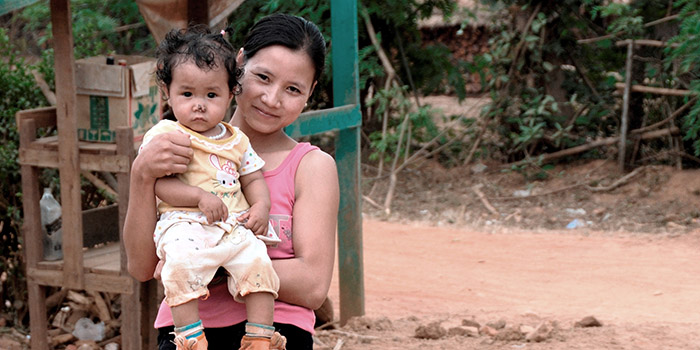Using the data
Using the census data

The main purpose of a census is to provide accurate and timely information that is critical for government for policy making, planning, and administration. Information on the size, distribution, and selected characteristics of a country's population is vital for assessing its economic, social, and demographic conditions and for developing comprehensive policies and programmes aimed at improving the welfare of the country and its population.
Census information is used to monitor the effectiveness of national, subnational, and sectorial policies as well as the achievement of internationally agreed goals, such as the Sustainable Development Goals, the Programme of Action of the International Conference on Population and Development, and the Platform of Action of the International Conference on Women, among others.
The data collected, processed and analysed in the 2014 Myanmar Census provides essential information to promote Myanmar's social and economic development. Data from the 2014 Myanmar Census makes it possible for government, development partners and civil society organizations to elaborate and implement development policies and programmes in critical areas.
Education
Data from the census provides information on:
- The number of people who can read and write (literacy rate).
- The level of education reached by those who have attended school.
- The number of school-age children presently out of school.
- Gender disparities in educational attendance and attainment.
This information is useful for identifying areas that are lagging behind in the education sector and require extra resources.
Health
Although there were no direct questions about health, apart from specific questions on disabilities, in the census questionnaire, there were questions that generated data to estimate fertility rates, mortality rates (overall, maternal and child mortality) and expectation of life at birth. This data provides critical information for government at all levels to plan for the health of the population. Where, for instance, the census revealed high mortality rates in a certain area, it is a strong indication that health services need to be improved in that area.
Employment
In order to design effective labour policies, governments need to know the number of people who are available for work and how large the labour force is likely to be in the future. Data from the 2014 Myanmar Census provides levels of employment, unemployment and information on job opportunities that need to be created in the future to ensure that young people and women can find their proper place in the labour market. The census data provides the government with the information needed to design programmes for job creation. It details:
- The number of employed persons and the type of work they do.
- The number and distribution (by age, district, etc.) of unemployed or under-employed persons.
- The number of persons who are currently attending schools or other educational institutions who will require employment once they finish their studies.
Empowerment of Women
In many societies, women are marginalized and denied access to educational, social and political opportunities. Data from the census provides information on women in the areas of:
- The total number of women, their level of education and employment and access to social services, such as health care.
- The number of women who are heads of households.
Other uses of census data
Data collected from the census can also be used for the following purposes:
- To assess development programmes: data from the census provides the basis for the evaluation of development programmes.
- Production, marketing and investment: the private sector can use census data to plan its production, marketing and investment decisions in the country. As the country is opening up to foreign investment, companies that want to invest in Myanmar need information on people’s characteristics to enable them to invest wisely.
- Academic and development research: census data is essential to define sampling frames for surveys of any kind. Census data can also be used to develop in depth-analysis and studies of the population, trends and projections, and offer recommendations on how living conditions can be improved.



